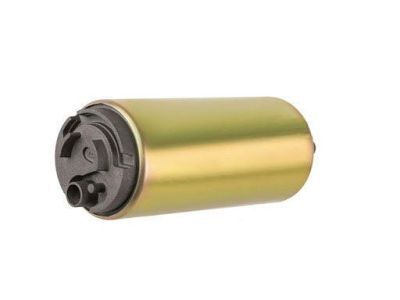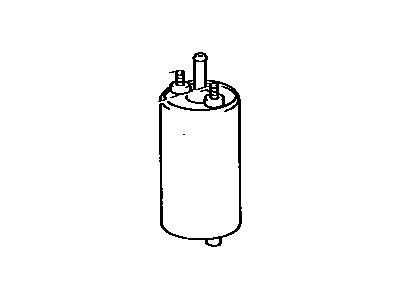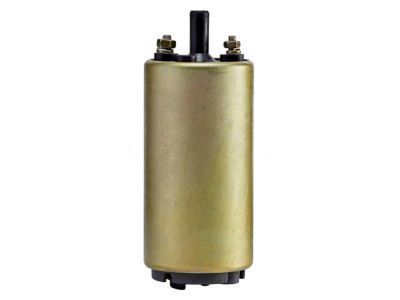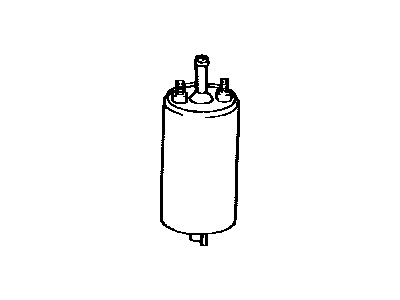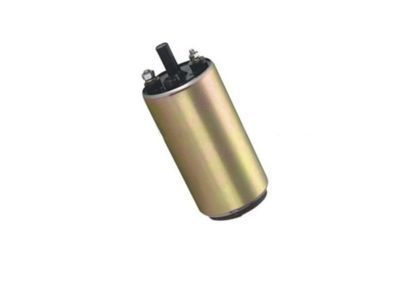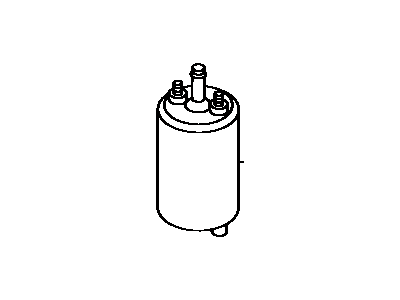

My Garage
My Account
Cart
Genuine Toyota MR2 Fuel Pump
Gas Pump- Select Vehicle by Model
- Select Vehicle by VIN
Select Vehicle by Model
orMake
Model
Year
Select Vehicle by VIN
For the most accurate results, select vehicle by your VIN (Vehicle Identification Number).
6 Fuel Pumps found
Toyota MR2 Fuel Pump Assembly
Part Number: 23220-16190$322.58 MSRP: $462.56You Save: $139.98 (31%)Ships in 1 Business DayToyota MR2 Fuel Pump Assembly
Part Number: 23221-50020$417.00 MSRP: $622.08You Save: $205.08 (33%)Ships in 1-3 Business Days
Toyota MR2 Fuel Pump
If you are in demand for superior quality and affordable OEM Toyota MR2 Fuel Pump, then shop with us! We own a wide range of the reduced-priced genuine Toyota MR2 Fuel Pump. You can purchase in confidence as all parts come with a manufacturer's warranty. Any issues with our products? No need to worry as we have a hassle-free return policy to guide you every step of the way.
Toyota MR2 Fuel Pump Parts Questions & Experts Answers
- Q: How to remove and replace the fuel pump and Fuel Level Sensor on Toyota MR2?A:Relieve the fuel pressure, then disconnect the cable from the negative terminal of the battery. Remove the Fuel Tank and place it on a workbench. Next, remove the clamp bolt securing the fuel pump feed and return lines to the fuel tank, followed by the five fuel pump retaining screws. Carefully withdraw the fuel pump/bracket assembly from the fuel tank and pull the lower end of the fuel pump loose from the bracket, removing the rubber cushion that insulates the bottom of the pump. Take off the rubber cushion from the lower end of the fuel pump and remove the clip securing the filter to the pump, prying off the clip holding the strainer to the fuel pump and pulling the strainer loose; replace the clip if it is a loose fit. Pull out the filter and inspect it for contamination, replacing it if it is dirty. If only the fuel pump filter is being replaced, install the new filter, the clip, and the rubber cushion, push the lower end of the pump back into the bracket, install the pump/bracket assembly in the fuel tank, and reinstall the fuel tank. If replacing the fuel pump, loosen the hose clamp at the upper end of the pump and disconnect the pump from the hose, pulling the fuel pump loose from the hose far enough to access the electrical lead near the bracket. Disconnect the electrical wires from the pump terminals and remove the pump. Installation is the reverse of removal.Additionally, if the Fuel Level Sensor needs to be replaced, locate it on the fuel tank, disconnect the wiring harness, and remove any retaining screws or clips. Carefully pull the Fuel Level Sensor out of the tank, taking care not to damage the sealing surface. Install the new Fuel Level Sensor by reversing the removal steps, ensuring a proper seal and secure connections.
